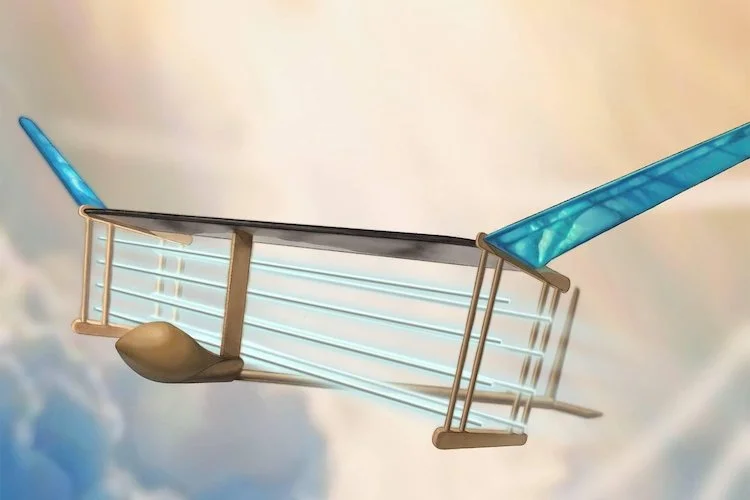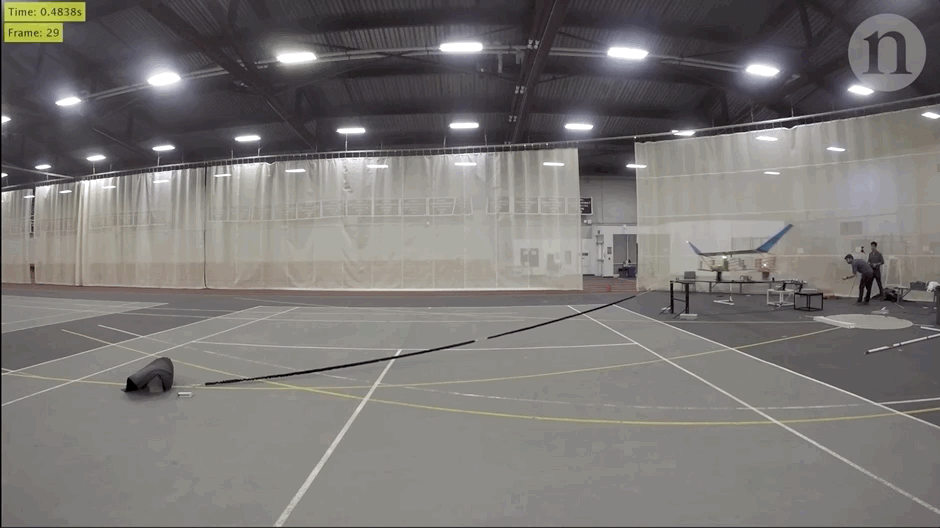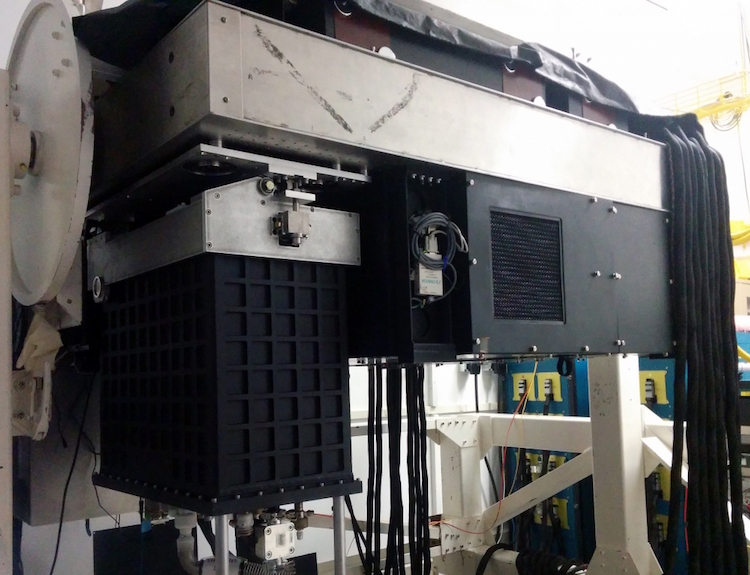- The new plane doesn’t use turbines or propellers to fly.
- It is powered by the ‘ionic wind’ that produces enough thrust to propel the small aircraft.
- Researchers were able to fly it a distance of 60 meters.
The first controlled, heavier-than-air plane was developed in 1903 by Wright brothers. A year later, they came up with the first practical fixed-wing aircraft. Since then, almost all planes have flown in the sky with the help of moving parts like turbine blades and propellers.
Recently, researchers at MIT developed and flown a small plane with no moving parts. This is the first-ever aircraft that doesn’t use turbines or propellers. Instead, it is powered by the ‘ionic wind’ – the flow of ions generated aboard the aircraft, which produces enough thrust to propel the small aircraft over a long distance (in meters).
The design of this new plane is mechanically simpler, quieter and it doesn’t require fossil fuels to fly. According to the researchers, it opens up whole new possibilities for next-generation planes. In near future, such systems could replace noisy drones. In fact, they could be paired with traditional combustion machines to build hybrid, fuel-efficient aircraft.
How Does It Fly?
The concept of ionic wind dates back to 1920s. It explains the thrust that can be generated by a thick and a thin electrode when a high voltage is passed between them. The researchers started working on this concept in 2009, and it took 9 years to turn this into a first test flight.
Rather than traditional engines, the new design contains a series of electrodes which have an array of thin wires at the front and another array of aerofoils at the back. Those thin wires are set at a high voltage (+20,000 volts), whereas the aerofoils are set at -20,000 volts.
 Image credit: Christine Y. He
Image credit: Christine Y. He
Reference: Nature | doi:10.1038/s41586-018-0707-9 | MIT
This forms an electric field so the ions travel from the positive to the negative, colliding with neutral air molecules in the atmosphere and forming the wind that goes behind the aircraft. That’s essentially how the aircraft flies.
The Design
The final design of the plan looks like a lightweight, large glider. The 5-meter long wing contains a series of thin and thick wires that act as positive and negative electrodes. The overall structure weighs only 2.45 kilograms.
The plane is powered by lithium-polymer batteries that together supply 40,000 volts through a lightweight power converter. This electricity is passed through the wires to form a cloud of ions, where every single ion collides thousands of times with neutral molecules in the air, forming a thrust that pushes the plane forward.

The researchers were able to fly the small aircraft a distance of 60 meters for something like 10 seconds. They repeated this experiment ten times and got the same performance.
What’s Next?
This is just a demonstration of feasibility of ion wind propulsion technique. What they have done so far isn’t enough to be used in practical missions. The plane needs to fly longer, carry more weights and be more efficient.
Read: 15 Most Secret and Experimental Military Aircraft
The team plans to generate more ionic wind using less electricity, which will further increase the system efficiency. They are working on intensifying the thrust density – thrust produced per unit area. Also, they would like to build a plane with no visible propulsion system or without moveable control surfaces like elevators and rudders.


